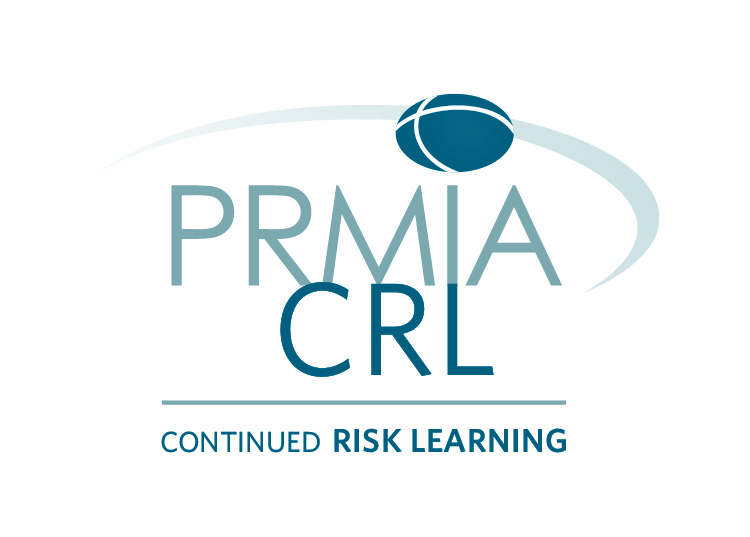 Course Access:
Course Access:
90-day course access from date of purchase
 Time:
Time:
Self-study, self-paced
 Instructor:
Instructor:
Noah Miller, CFI
 Length/Duration:
Length/Duration:
2.5 hours
| About This Course |
|
The purpose of
corporate governance is to guide the conduct of an organization. Corporate
governance is not a role or a position; it’s a system of stewardship that
creates policies, protocols, and practices to ensure the alignment of interests
between key stakeholders like management, investors, customers, and employees.
Two core purposes of
corporate governance are to mitigate risks and to support the development of
long-term competitive advantages in the market. Through the deployment of
functions like enterprise risk management, strategic planning, accounting and
disclosure practices, talent management, and succession planning, directors can
have a significant impact on an organization’s longevity.
In this course, we
cover the five Ps of corporate governance and how each is applied within an
organization. Next, we outline and compare the roles between company management
and its board of directors, and between public and private market governance strategies.
Finally, we will discuss how to assess and improve corporate governance
performance as well as how to create an internal governance structure.
|
By the end of this course, you should be able to:
- Corporate Governance Learning Objectives
- Define the purpose, function, and core concepts of corporate governance
- Compare the roles of company management and its board of directors
- Explain the nuances between public vs. private market governance and modern ESG expectations.
- Describe how strong governance reduces risk and creates opportunities for a firm
- Analyze various techniques to measure corporate governance outcomes
- Provide recommendations on how to improve corporate governance practices
| Who Should Attend |
|
This Corporate Governance course is perfect for investment professionals, consultants, financial analysts, and investor relations teams at both private and public companies. Whether approaching the topic through the eyes of a financial services professional, a founder, an ESG analyst, or a board advisor, this course has been designed to demystify corporate governance. |
| About Our Expert |
|
|
|
 |
|
Noah Miller
Prior to launching Rho Impact, Noah Miller worked in ESG consulting, social entrepreneurship, and served in a variety of internal and external consulting capacities. Most recently he spent two years with Summit Strategy Group, serving as the Senior Director of their ESG Consulting and Stakeholder Engagement Practice. Noah has also been an internal management consultant for Keurig-Dr. Pepper (a US-based and publicly listed multinational) and advised global non-profits on revenue generation and program development.
Noah currently supports a variety of NGOs on a pro-bono basis – including as a board member for Vermont Businesses for Social Responsibility (VBSR) and sitting on the ESG committee for the Green Building Initiative (GBI).
|
| Continued Risk Learning Credits: 2.5 |
 PRMIA Continued Risk Learning (CRL) programs provide you with the opportunity to formally recognize your professional development, documenting your evolution as a risk professional. Employers can see that you are not static, making you a highly valued, dynamic, and desirable employee. The CRL program is open to all Contributing, Sustaining, and Risk Leader members, providing a convenient and easily accessible way to submit, manage, track and document your activities online through the PRMIA CRL Center. To request CRL credits, please email [email protected].
PRMIA Continued Risk Learning (CRL) programs provide you with the opportunity to formally recognize your professional development, documenting your evolution as a risk professional. Employers can see that you are not static, making you a highly valued, dynamic, and desirable employee. The CRL program is open to all Contributing, Sustaining, and Risk Leader members, providing a convenient and easily accessible way to submit, manage, track and document your activities online through the PRMIA CRL Center. To request CRL credits, please email [email protected].
| Registration |
| Membership Type |
Price |
| |
|
| Members |
$ 107.00 |
| Non Members |
$ 119.00 |
Access
Immediate access to the course is granted for 90 days after your purchase. Please complete the course within that time period.
If this is your first time accessing the PRMIA website you will need to create a short user profile to register. Save on registration by becoming a member.
Register Now
Support
For technical issues regarding course access, contact [email protected]
PRMIA
Digital Product Return Policy.